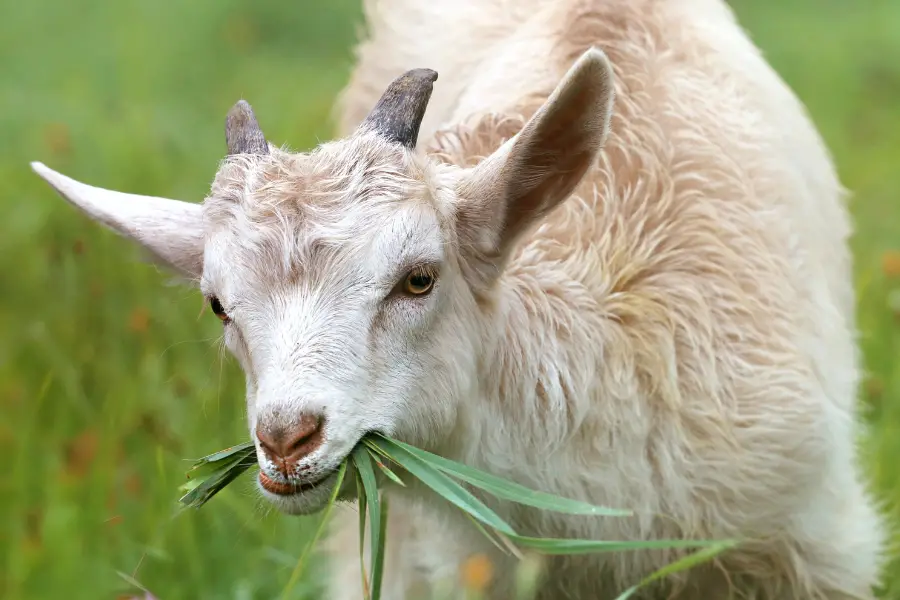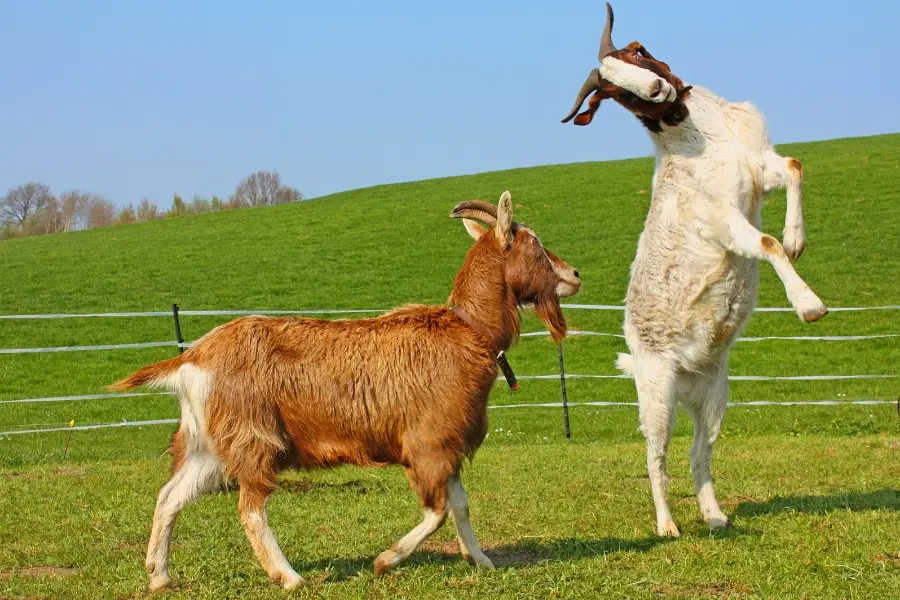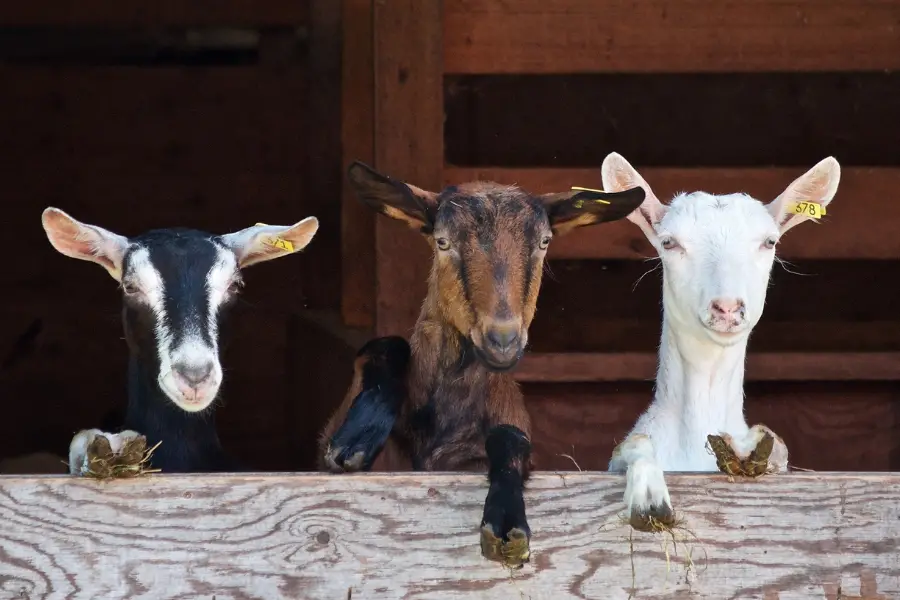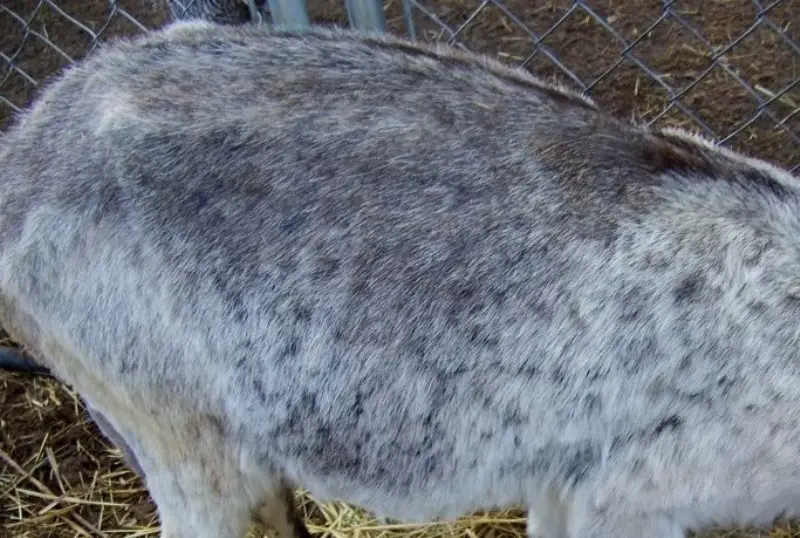
Mange, a parasitic skin condition that affects goats, can be a real headache for farmers worldwide. Itchy and irritating, mange can take a toll on the well-being and productivity of your herd. But fear not! This article is here to help you understand and tackle mange in a practical and straightforward way. We’ll dive into the causes, symptoms, and effective strategies to combat mange, ensuring your goat herd stays healthy, happy, and itch-free. So, let’s roll up our sleeves and learn how to bid farewell to those troublesome mites for good!
Table of contents
What is Mange in Goats?
Mange in goats is a skin disease caused by mites . There are two main types of mange in goats: sarcoptic mange and demodectic mange. (Mange can look similar to pediculosis, which is an infection by lice.)
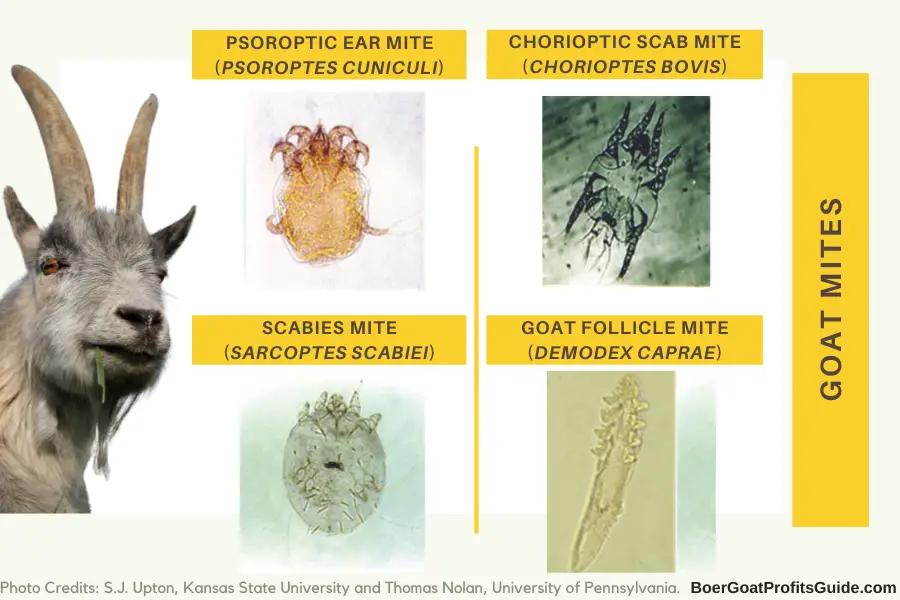
Sarcoptic mange
Sarcoptic mange is caused by the Sarcoptes scabiei mite. This mange is also called scabies in goats, named after the mite that causes it. These mites are microscopic and burrow into the skin, causing intense itching and inflammation. The mites can also spread to other goats through contact with the infected animal’s skin or hair.
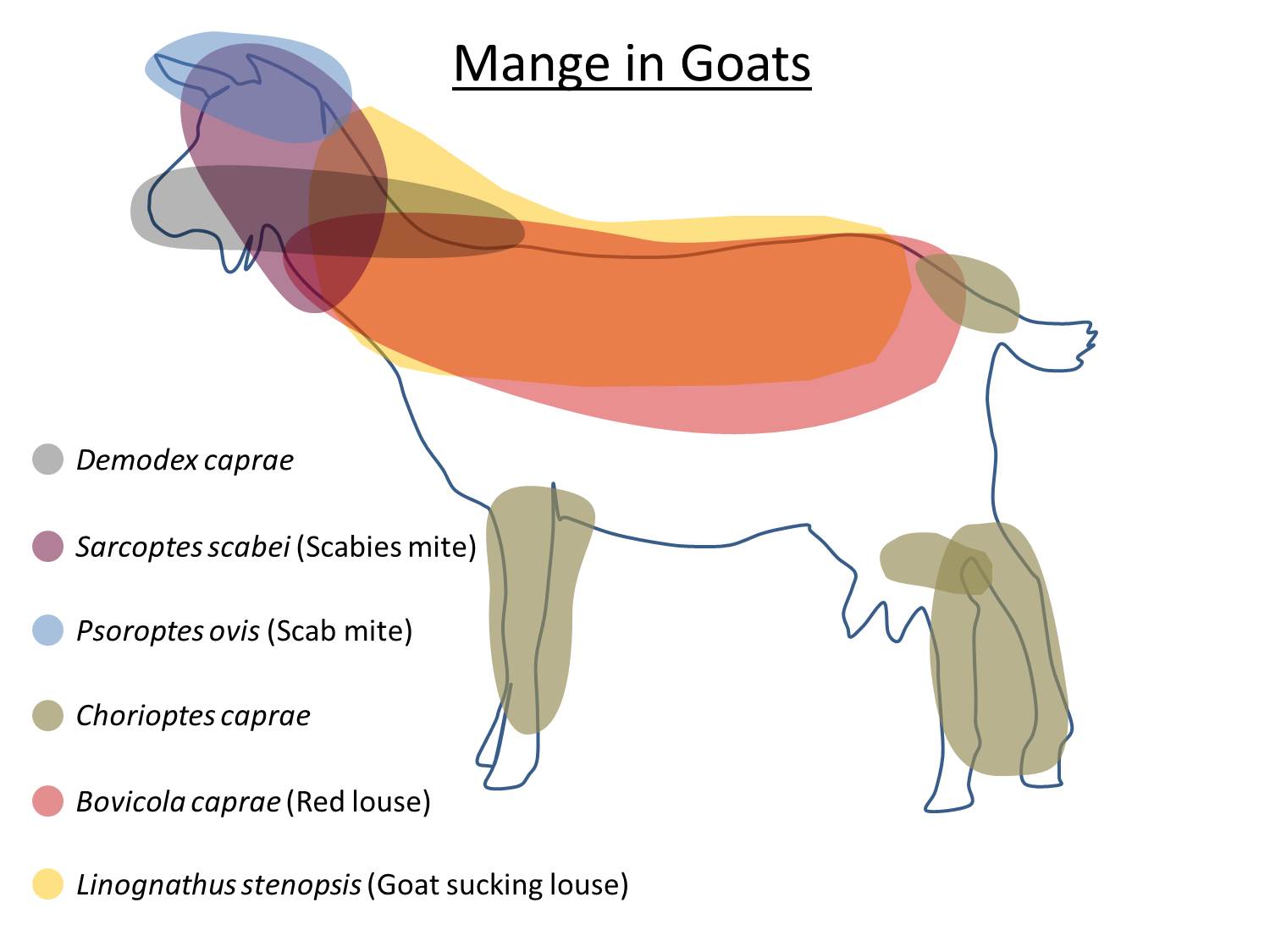
Demodectic mange
Demodectic mange is caused by the Demodex caprae mite. These mites are also microscopic, but they do not burrow into the skin. Instead, they live on the surface of the skin and feed on dead skin cells. Demodectic mange is usually not as severe as sarcoptic mange, but it can be chronic and difficult to treat.
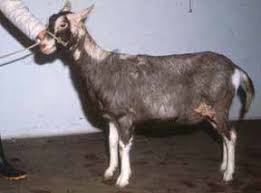
Other Types of Mange
There are two other types of mange, which are less common than sarcoptic mange or demodectic mange.
Chorioptic Mange
Chorioptic mange is found on the legs and feet of goats. It usually occurs during the cold season. This mange usually only causes mild lesions, and can go unnoticed. However, it can also cause hair lost, crusty scales, pustules, and nodules that may become ulcerated.
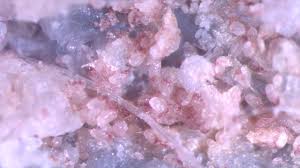
Psoroptes Ear Mange
If your goat is scratching its ears or tossing its head, it may have Psoroptes ear mange. The mange can cause a bad odor, and it can spread over the rest of the goat’s body if it is not treated.
Preventing Mange in Goats
The best way to prevent mange is to keep your goats healthy and well-groomed. You should also inspect your goats regularly for signs of mange, such as itching, hair loss, and crusting skin. If you do find any signs of mange, it is important to treat the affected goat immediately and quarantine it to prevent the spread of the disease.
Here are some additional tips for preventing and treating mange in goats:
- Keep your goats’ environment clean and dry.
- Bathe your goats regularly with a medicated shampoo.
- Use a mite comb to remove dead skin and mites from your goats’ coats.
- Provide your goats with a good diet and plenty of fresh water.
- Isolate any goats that show signs of mange.
- Treat all of the goats in the herd, even if they are not showing any signs of mange.
- Consult with your veterinarian if you have any concerns about mange.
Symptoms of Mange on Goats
The symptoms of mange in goats can vary depending on the type of mange. However, some common symptoms include:
- Itching
- Hair loss
- Crusts or scabs on the skin
- Redness and inflammation of the skin
- Swollen lymph nodes
- Weight loss
- Lethargy
Mange in Goats Treatment
Treating mange in goats is determined by the type of mite or louse that has infected your goat, the severity, the age of the goat, and whether it is lactating.
WARNING: There are no FDA-Approved Drugs for treating Mange in Goats
Some drugs are not approved in the United States at all. (They may be legal in other countries.) Some drugs are approved for other animals, but not for goats. It is allowable for your veterinarian to prescribe a drug approved for another animal as an “off-label” or “extra-label” use.
Per Cornell University: “The FDA regards extra-label use of drugs as an exclusive privilege of the veterinary profession and is only permitted when a bona fide veterinarian-client-patient relationship exists and an appropriate medical diagnosis has been made.”
As a result, the first step in treating mange in goats is to consult with your veterinarian.
Treating Mange in Goats – Sarcoptic Mange
Sarcoptic mange is usually treated with a topical medication, such as an ivermectin pour-on. Ivermectin is a drug that kills mites by attacking their nervous system. It is important to treat all of the goats in the herd, even if they are not showing any symptoms, to prevent the spread of the disease.
Ivermectin is not FDA Approved for goats. Because Ivermectin for goats is strictly extra label, a veterinarian must be involved and great care must be taken regarding dosage and withdrawal times.
It is important to note that no ivermectin formulations for cattle can be used off label with goats. Only the sheep formulations of ivermectin can be used off label with goats.
Treating Mange in Goats – Demodectic Mange
Demodectic mange is usually treated with a combination of topical and oral medications. The topical medication is used to kill the mites on the skin, and the oral medication is used to kill the mites in the bloodstream. The treatment for demodectic mange can be long and difficult, and some goats may not respond to treatment.
Drugs Used to Treat Mange (NONE are FDA Approved for Goats)
Here are some of the drugs that are used to treat mange in goats:
- Ivermectin: Ivermectin is a drug that kills mites by attacking their nervous system. It is available as a topical medication, an oral medication, and an injectable medication.
- Moxidectin: Moxidectin is a drug that is similar to ivermectin. It is available as a topical medication and an injectable medication.
- Doramectin: Doramectin is a drug that is similar to ivermectin. It is available as an injectable medication.
- Selamectin: Selamectin is a drug that is used to treat a variety of parasites, including mites. It is available as a topical medication.
It is important to note that these drugs are not 100% effective, and some goats may need to be treated multiple times. It is also important to follow your veterinarian’s instructions carefully when using these drugs.
With proper treatment, most goats with mange can make a full recovery. However, it is important to start treatment early to prevent the disease from spreading and causing serious health problems.
Goat Mange Natural Treatment
Apple cider vinegar is a natural treatment to get rid of the mange on goats. It is also sometime used as prevention. Apple cider vinegar has both antibacterial and antiseptic properties. Applying apple cider vinegar on the areas affected by the mange may help to alleviate the itch and may kill the mites.
Don’t use straight apple cider vinegar, as it can be quite painful on your goat’s skin and open wounds. Start with a mixture of 1 parts water and 1 part vinegar so that you don’t hurt to your goats.
Apply apple cider vinegar directly on the affected area or you can use a spray bottle for wider coverage of your goats fur which will help to remove the mange. It is safe to apply all over the body as a post-bath remedy. Allow the vinegar to dry.
It is advisable to consult with your vet before using an treatment, even a natural one.
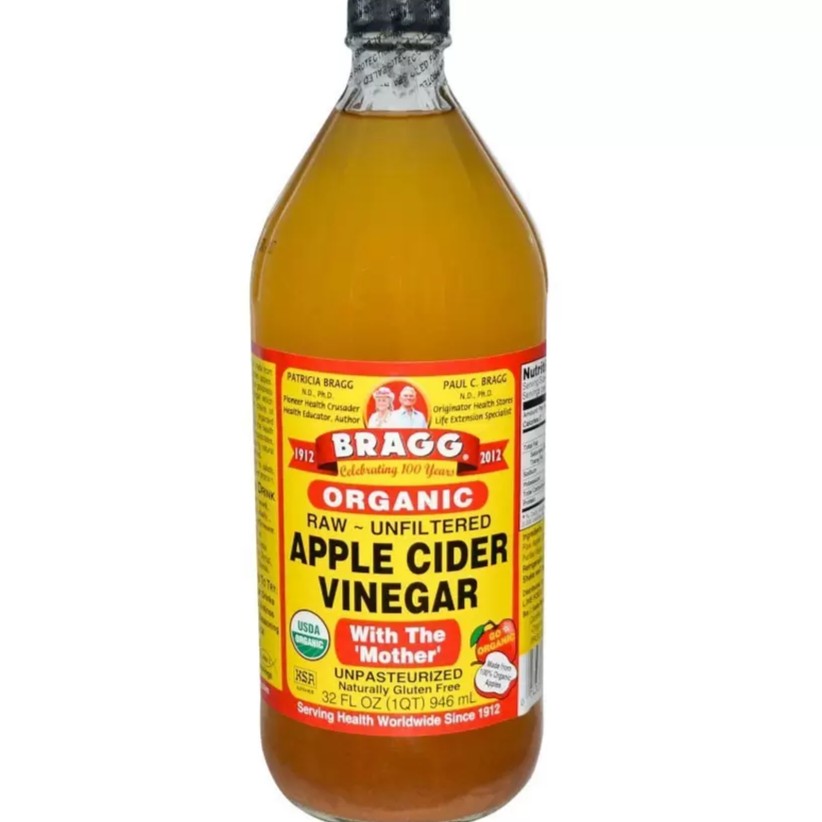
Mange in Goats is Zoonotic
Humans can get Mange
Mange in goats can infect humans, but it is not common. The mites that cause mange in goats are not the same mites that cause mange in humans. However, it is possible for humans to become infected with mites from goats if they come into close contact with an infected goat.
If a human is infected with mites from a goat, they may experience symptoms similar to those of sarcoptic mange, including:
- Itching
- Skin rash
- Blisters
- Redness
- Swelling
- Pus
If you think you may have been infected with mites from a goat, it is important to see a doctor. The doctor can diagnose the infection and prescribe treatment.
Mange in Goats can Spread to Other Animals
In addition to humans, mange in goats can also infect other animals, such as dogs, cats, and rabbits. The symptoms of mange in other animals are similar to those of mange in humans and goats.
If you think your pet may have been infected with mites from a goat, it is important to see a veterinarian. The veterinarian can diagnose the infection and prescribe treatment.
Mange In Goats Video
This video from Menigte Goat Farms discusses the importance of prevention and treatment of mange in goats.
Financial impact of Mange in Goats
The financial impact of mange in goats can be significant. The cost of treatment can be high, and goats with mange may lose weight and produce less milk. In some cases, goats with mange may need to be euthanized.
Prevalence of Mange on Goats
Mange is a common disease in goats. It is estimated that up to 80% of goats in some herds may be affected by mange. Mange is more common in goats that are stressed or malnourished.
Summary
If you think your goat may have mange, it is important to contact your veterinarian for diagnosis and treatment. Mange is a serious disease, but it is treatable with early diagnosis and treatment.
FAQ’s
Mange is cause by mites, which are microscopic creatures that can live on or in your goat’s skin and fur.
Lice cause pediculosis, which can look similar to mange. Mange is cause by mites.
There are no FDA approved drugs to treat mange in goats. Work with your veterinarian to treat your goats.
Yes, mange is contagious. It can spread from goats to other animals, and also to humans.


